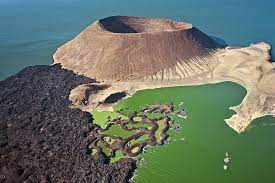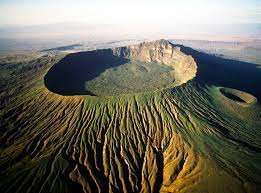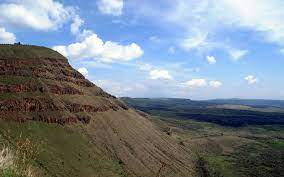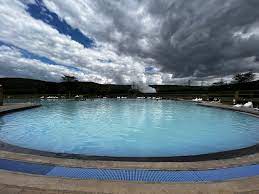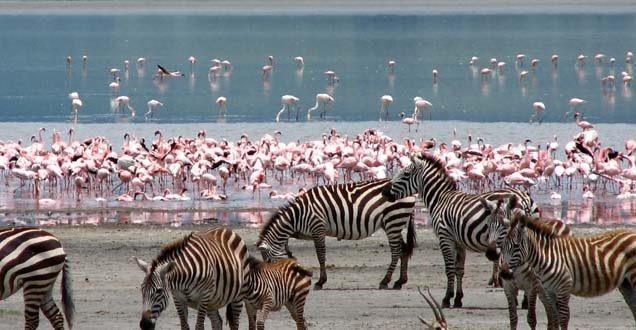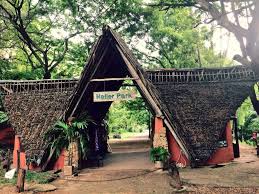Menengai Crater
View video
4 photos
Duration
4 Hours
Max People
50
Min Age
2+
Pickup
Airpot
Overview
Menengai Crater offers a special fusion of outdoor adventure, geological wonder, and natural beauty. Nature lovers, hikers, photographers, and people curious about the area’s volcanic history and customs all find it to be a popular destination.
Tour Highlights
- Impressive Size: At about 12 kilometers (7.5 miles) in diameter, Menengai Crater is one of the world’s largest volcanic calderas. With steep walls rising up to 500 meters (1,640 feet) in some places, it is an amazing sight to behold. The crater’s sheer size provides breathtaking views and an overwhelming sense of scale.
- Volcanic Landscape: The crater is encircled by a distinctive volcanic landscape with lava flows, rocky terrain, and volcanic ash. The region’s volcanic history is fascinatingly revealed by the region’s diverse geological features. Visitors can experience the volcanic formations’ unadulterated beauty by hiking or exploring the crater.
- Hiking and Nature Trails: Menengai Crater has a variety of trails for hiking and nature study for the more daring tourists. It is possible to get a closer look at the plants and animals that have flourished in this volcanic environment by exploring the crater on foot. It is possible to take a guided hike that offers insightful perspectives on the geological characteristics and significance of the crater.
- Scenic Views: From the Menengai Crater’s rim, visitors can take in breath-taking panoramas of the surroundings. The crater’s size, the Rift Valley’s surroundings, and the far-off mountains are all captivatingly viewed from the elevated vantage point. It’s a great place to take pictures and take in the local natural beauty.
- Hot Springs: The crater contains a number of hot springs and steam vents. The volcanic activity below the surface is what created these geothermal features. As part of their experience at Menengai Crater, some visitors opt to take a dip in the hot springs, which are thought to have therapeutic properties.
- Cultural Significance: Menengai Crater has cultural significance for the local communities, especially the Kikuyu and Nandi tribes. It is regarded as a sacred location, and customary rituals and ceremonies are occasionally performed there. It is possible to discover the cultural history and beliefs connected to this natural landmark by exploring the crater.
Included/Excluded
- Specialized bilingual guide
- Private Transport
- Entrance fees (Cable and car and Moon Valley)
- Box lunch water, banana apple and chocolate
- Departure Taxes
- Entry Fees
- 5 Star Accommodation
- Airport Transfers
Tour Plan
First hour
Departure
Ornare proin neque tempus cubilia cubilia blandit netus.
Maecenas massa. Fermentum.
- Pretium vitae tempus sem enim enim.
Tempus, leo, taciti augue aliquam hendrerit.
Accumsan pharetra eros justo augue posuere felis elit cras montes fames.
Vulputate dictumst egestas etiam dictum varius.
Second hour
The South Coast
- Pretium vitae tempus sem enim enim.
Tempus, leo, taciti augue aliquam hendrerit. - Accumsan pharetra eros justo augue posuere felis elit cras montes fames.
Vulputate dictumst egestas etiam dictum varius. - Ornare proin neque tempus cubilia cubilia blandit netus.
Maecenas massa. Fermentum.
Tour Map
Reviews
There are no reviews yet.
From
$0.00
Booking Form
Enquiry From

